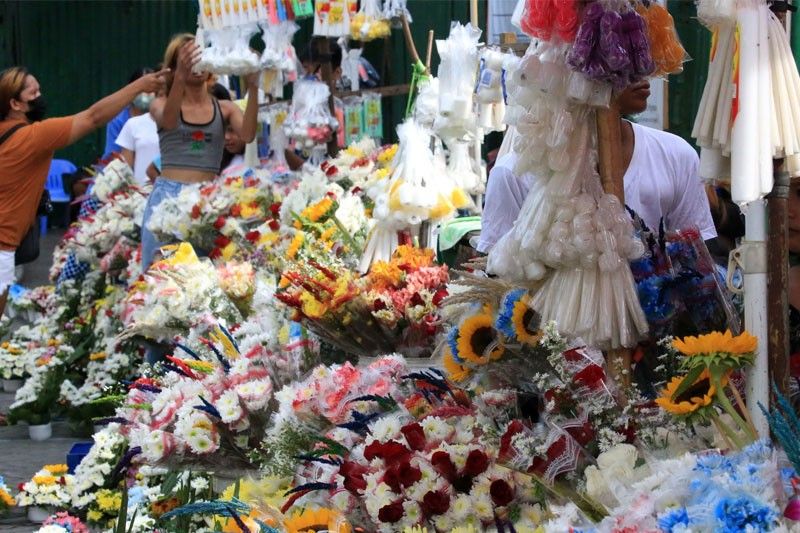Inflation likely breached 7% in October

MANILA, Philippines — Inflation likely breached the seven percent level in October on the back of transport fare hikes, elevated domestic petroleum prices, higher agricultural commodity prices due to recent typhoons, and the depreciation of the peso, according to the Bangko Sentral ng Pilipinas.
BSP Governor Felipe Medalla said inflation last month likely settled within the range of 7.1 to 7.9 percent after accelerating to a four-year high of 6.9 percent in September.
The fare increases approved by the Land Transportation Franchising and Regulatory Board (LTFRB) took effect on Oct. 3 due to the continued increase in petroleum prices.
The LTFRB approved a provisional increase of P1 in the minimum fare for the first four kilometers of travel in public utility jeepneys, bringing the minimum fare for traditional PUJs up to P12 and the modern PUJ up to P14.
It also approved an additional fare per succeeding kilometer, up by P0.30 for traditional PUJs to P1.80 and by P0.40 for modern PUJs to P2.20.
For public utility buses, the minimum fare for city buses was raised by P2 for the first five kilometers, to P13 for regular buses and P15 for air-conditioned buses.
The minimum fares for provincial buses also increased by P2, with succeeding kilometer fare increases ranging from P1.90 to P2.90 depending on the type of bus.
For taxis, the flagdown rate is now at P45 and P40 in the Cordillera Administrative Region (CAR), while fares of transport network vehicle services (TNVS) rose to P35 for hatchback-type vehicles, P45 for sedan-type vehicles as well as P55 for Asian utility vehicles (AUVs) and sport utility vehicles (SUVs).
On the other hand, the peso slumped to an all-time low of 59 to $1 several times in October before bouncing back to the 57 to $1 level after closing at 57.97 to $1 on Friday. The local currency depreciated by 15.7 percent from the end 2021 level of 50.999 to $1 due to the aggressive rate hikes by the US Federal Reserve and the surge in demand for US dollars due to the further reopening of the economy.
Medalla said the upside risks last month were offset in part by the reduction in electricity rates for areas serviced by Manila Electric Co. (Meralco), lower LPG prices, and reduction in prices of fish.
“More importantly, inflation is projected to gradually decelerate in the succeeding months as the cost-push shocks to inflation due to weather disturbances and transport fare adjustments dissipate,” the BSP chief said.
Inflation averaged 5.1 percent from January to November this year, way above the central bank’s two to four percent target range.
Based on its latest assessment in September, the BSP now expects inflation to average 5.6 instead of 5.4 percent for this year and 4.1 instead of four percent for next year.
Medalla said inflation is seen easing back to within the BSP target range at three instead of 3.1 percent in 2024.
“Looking ahead, the BSP will continue to monitor closely emerging price developments to enable timely intervention that could help prevent the further broadening of price pressures, in accordance with the BSP’s price stability mandate,” he said.
- Latest
- Trending































